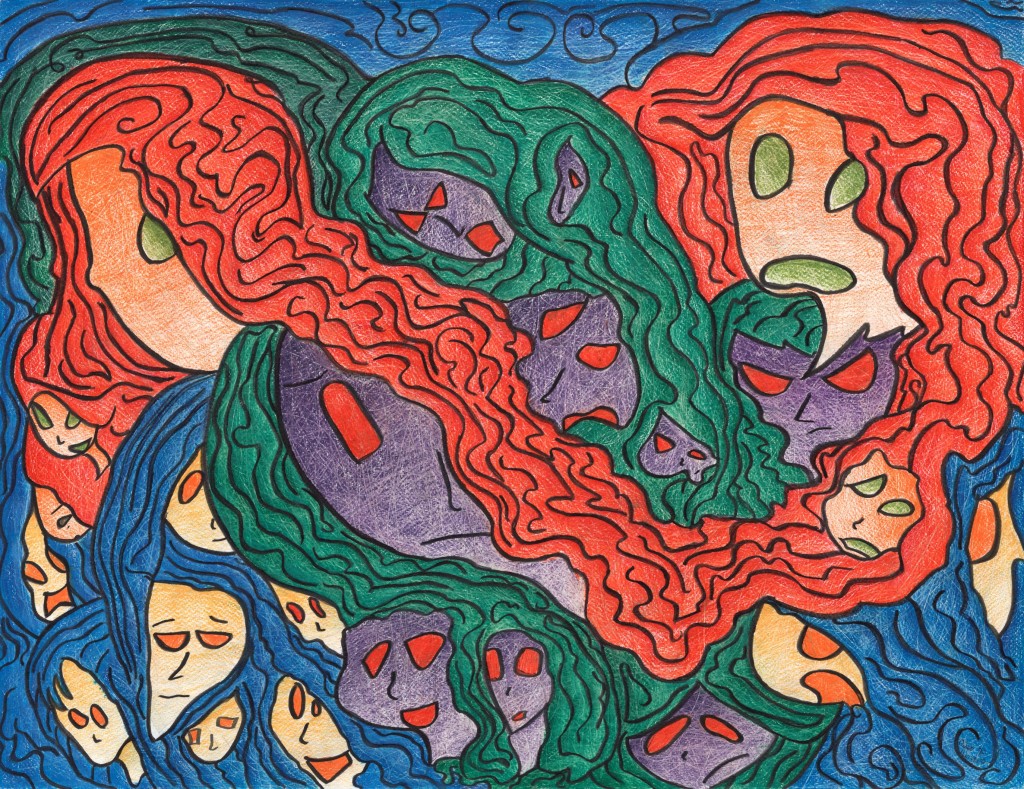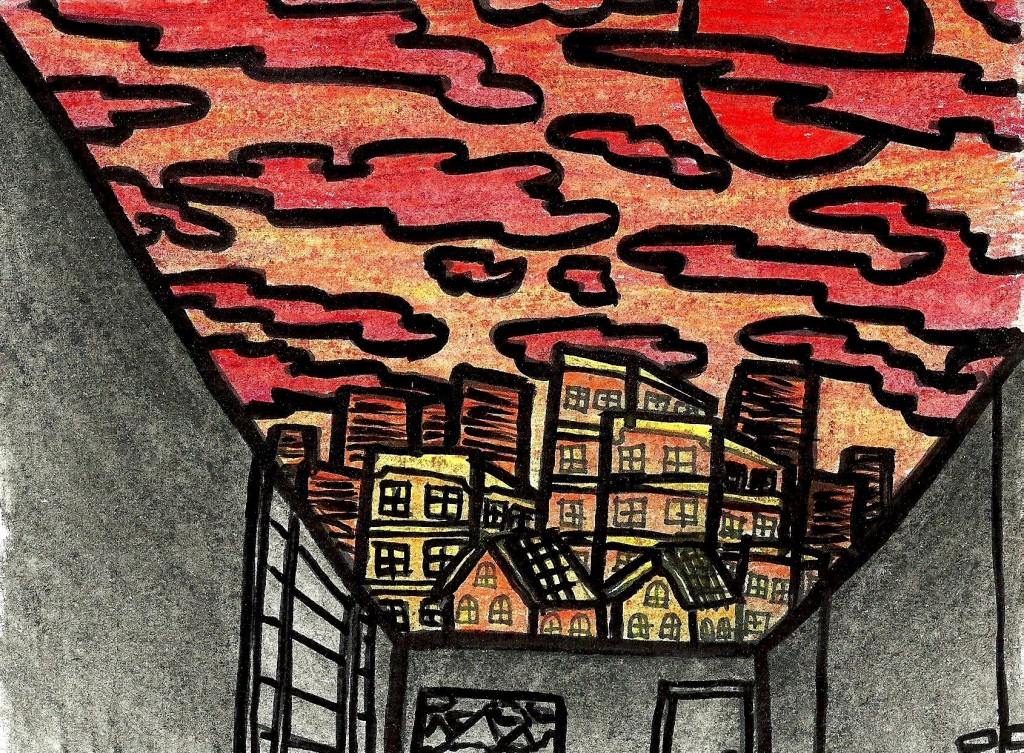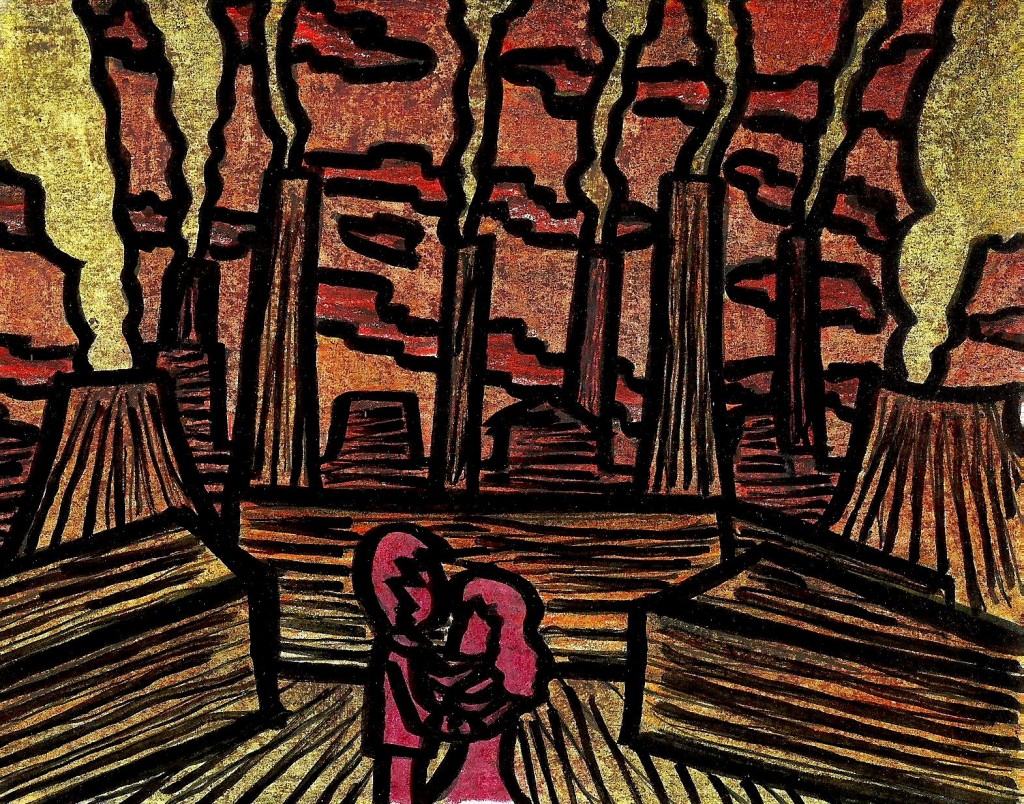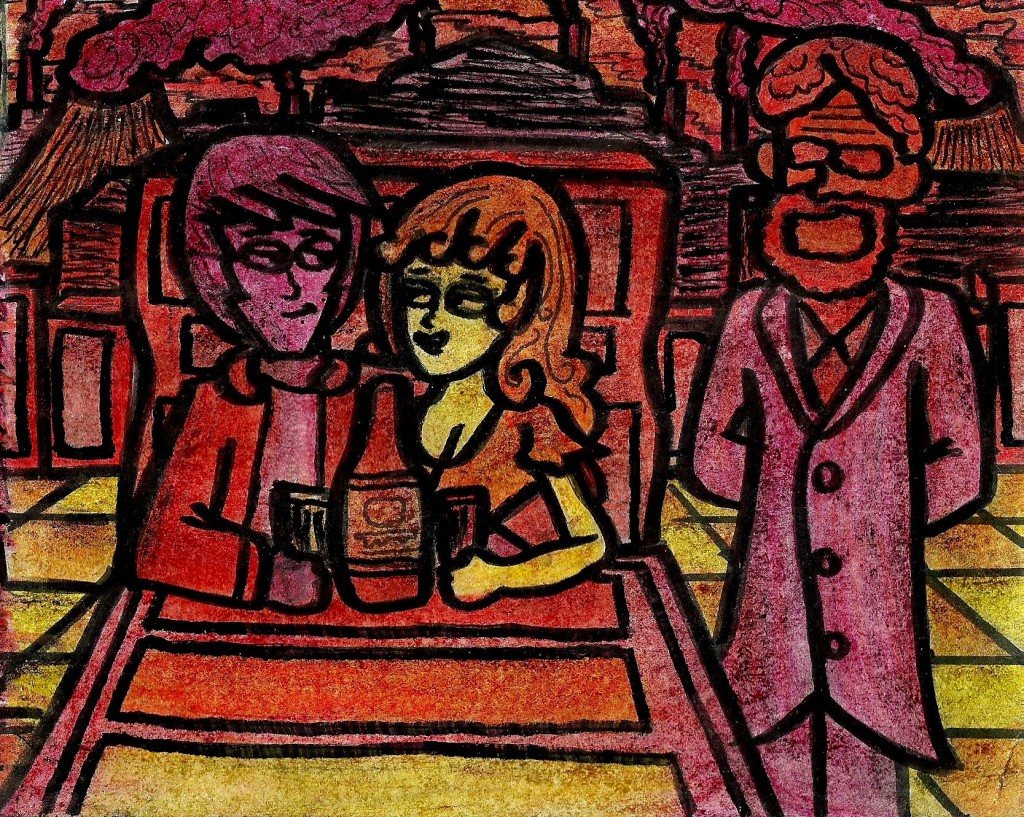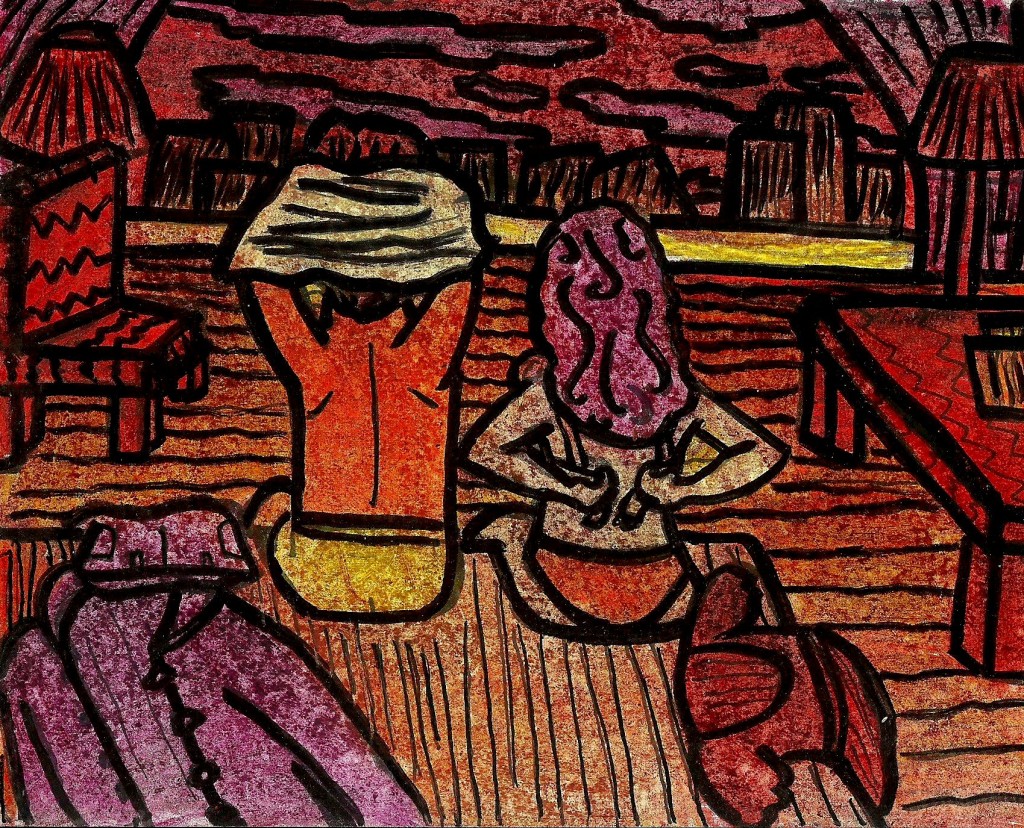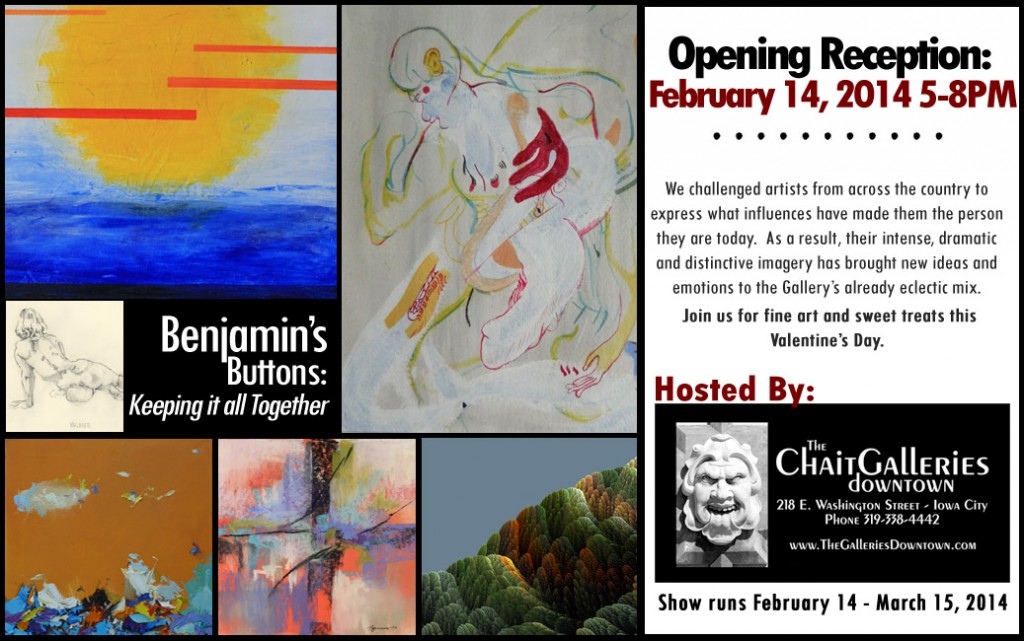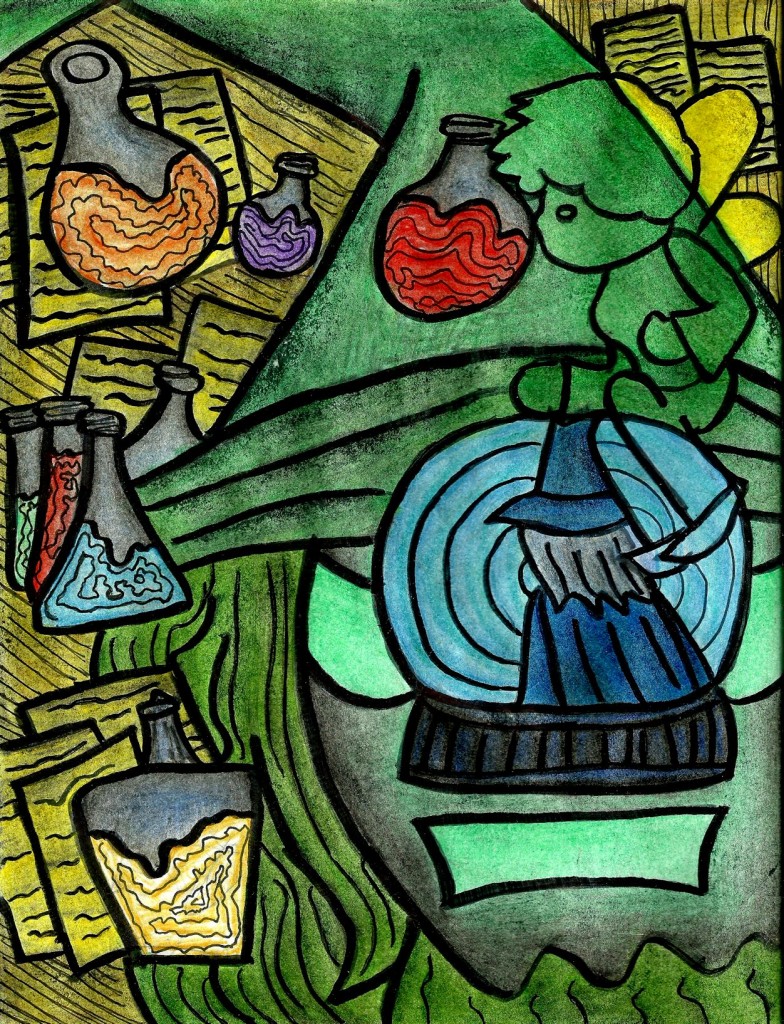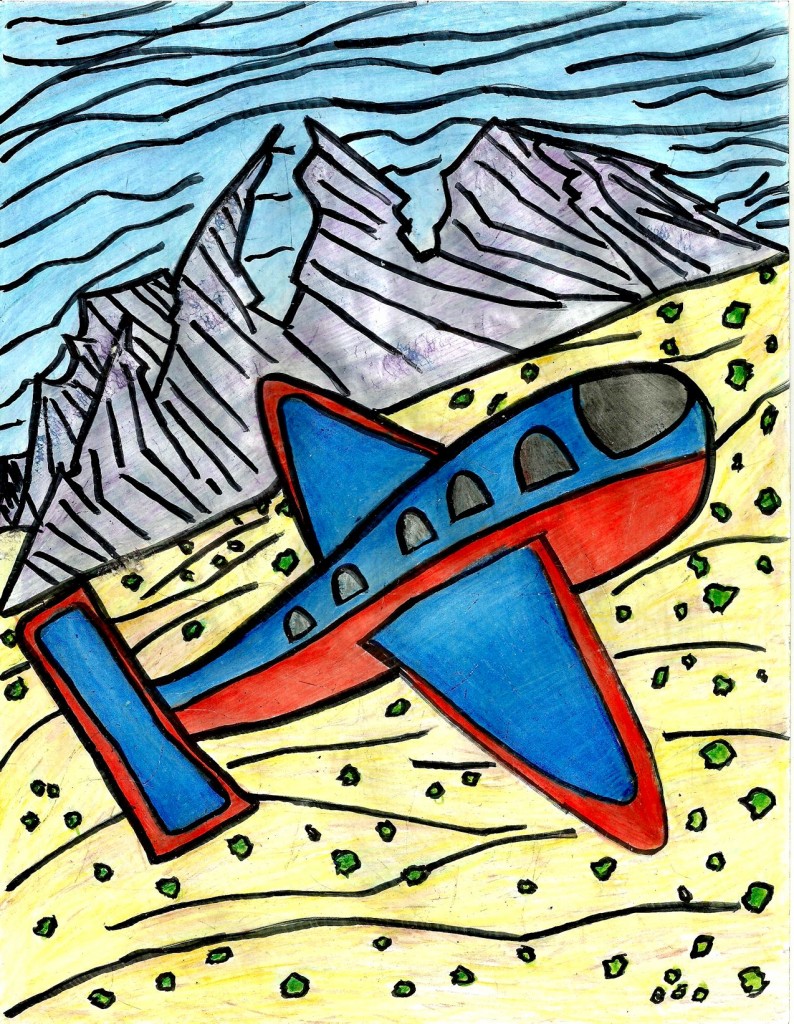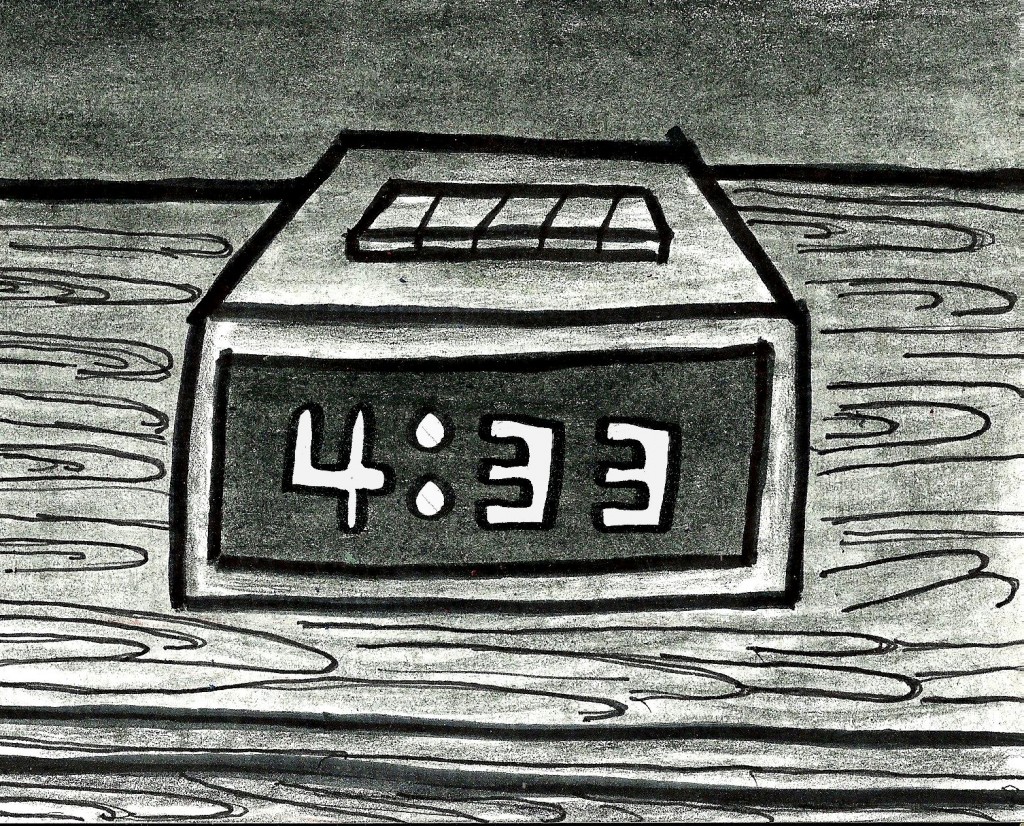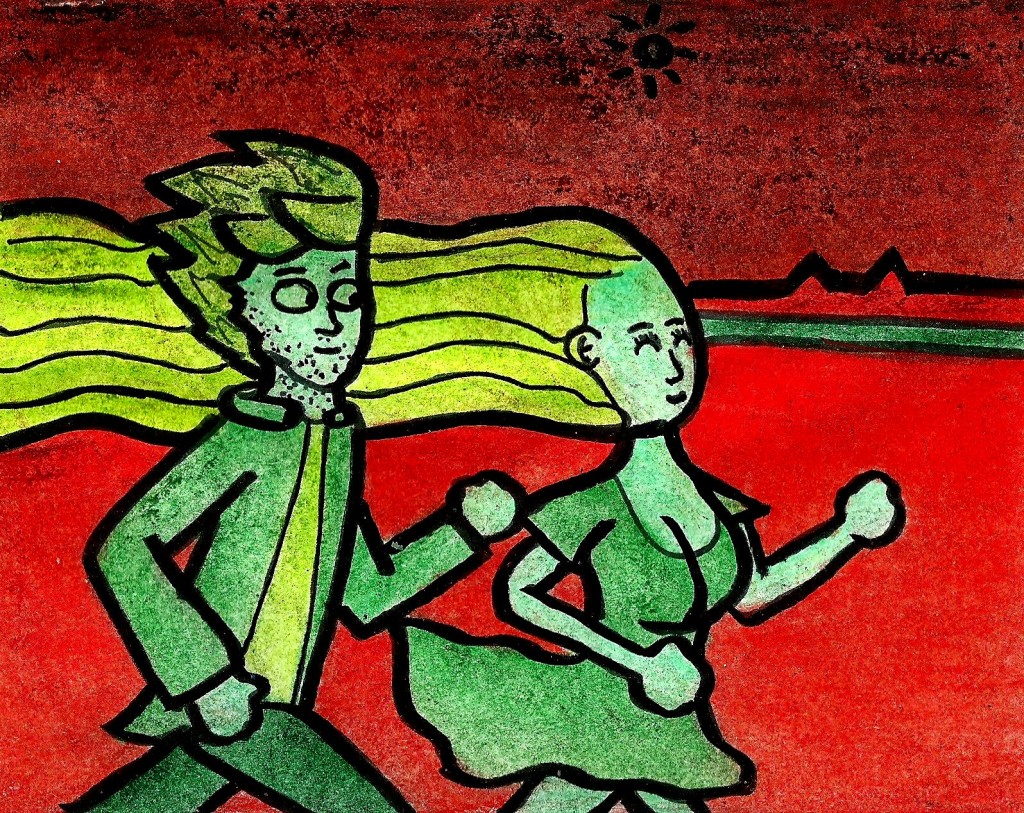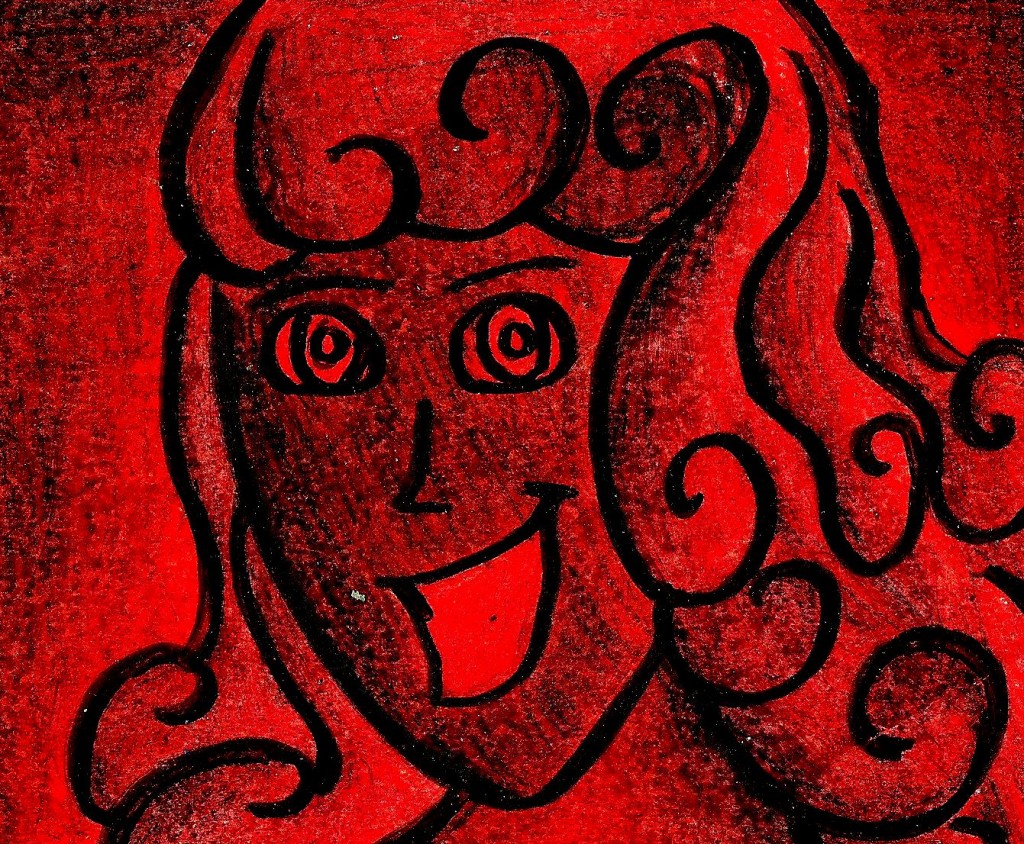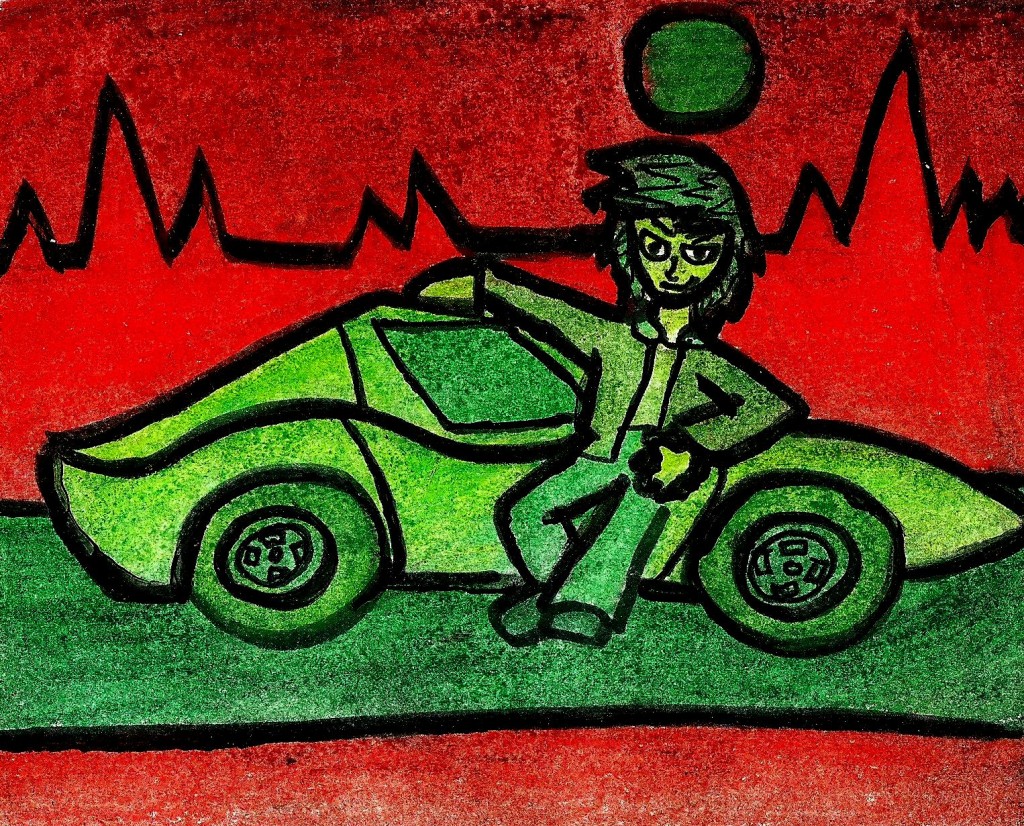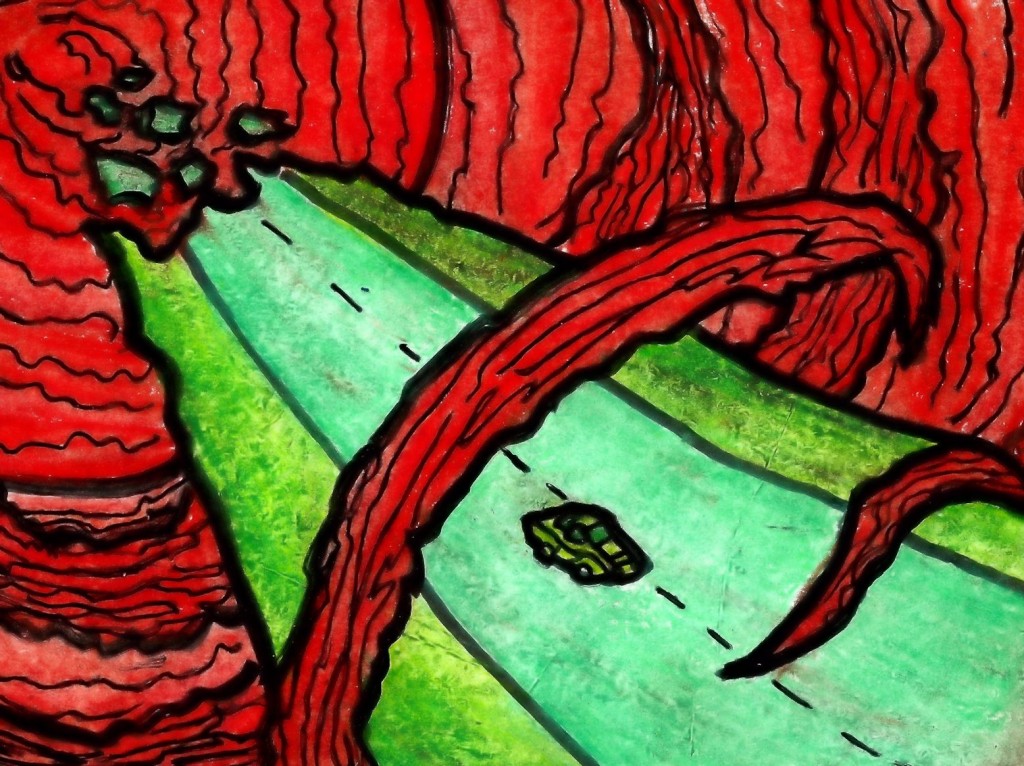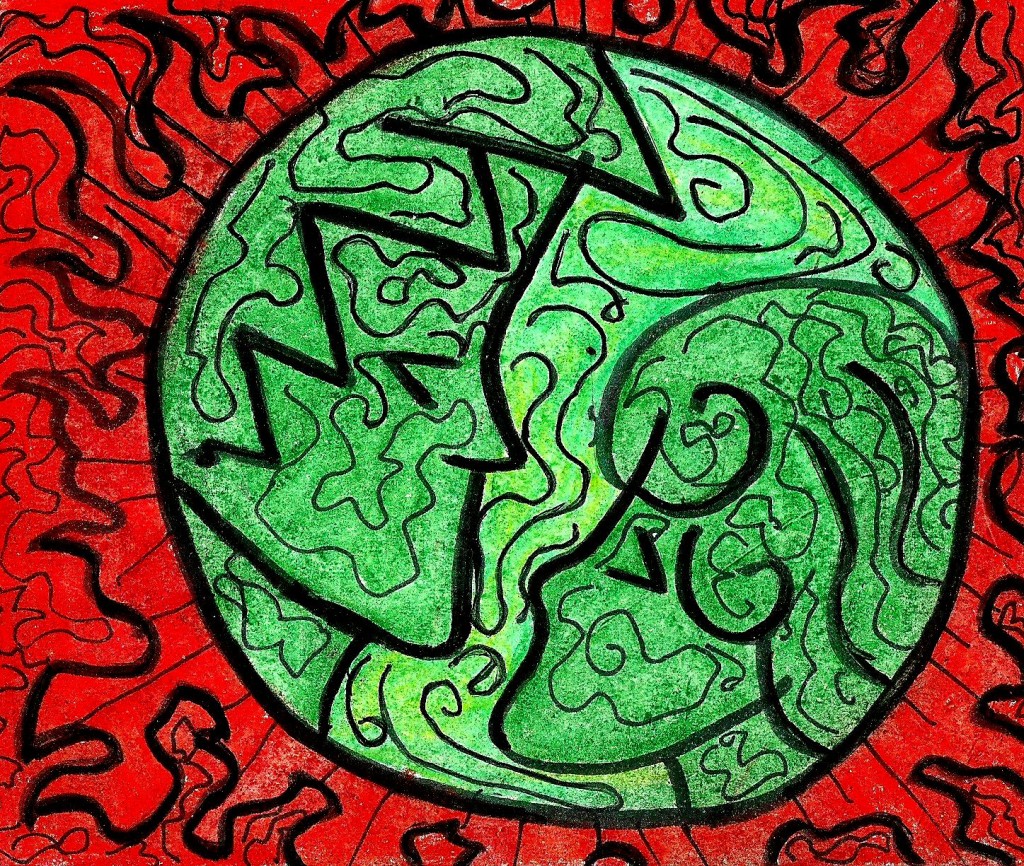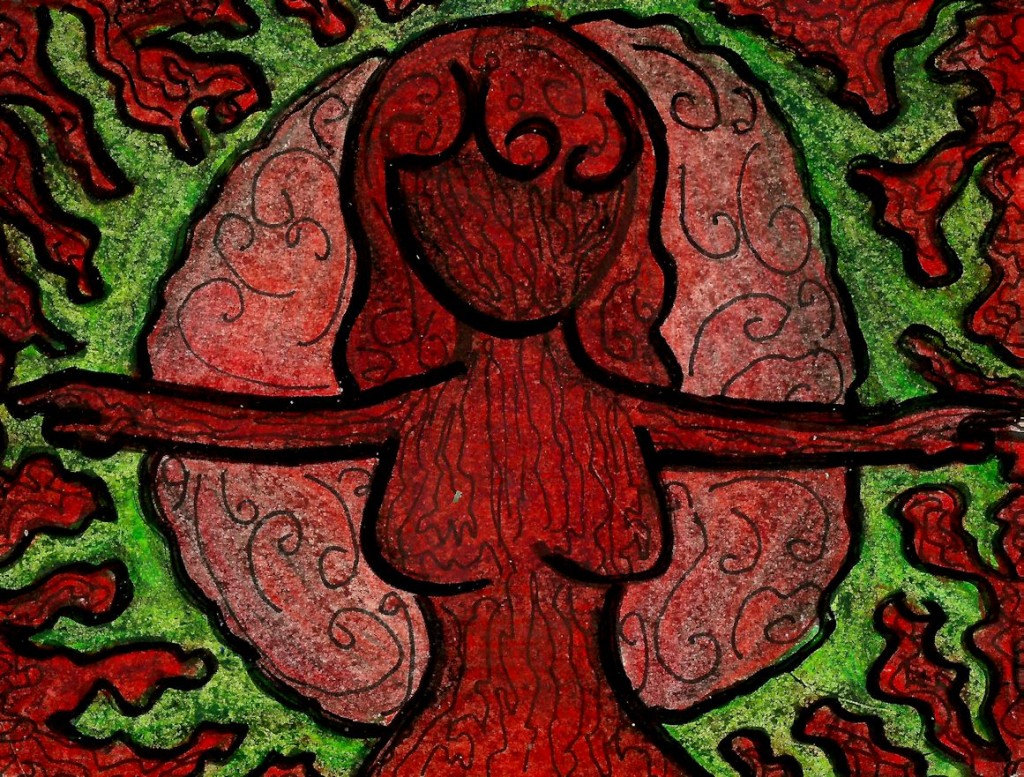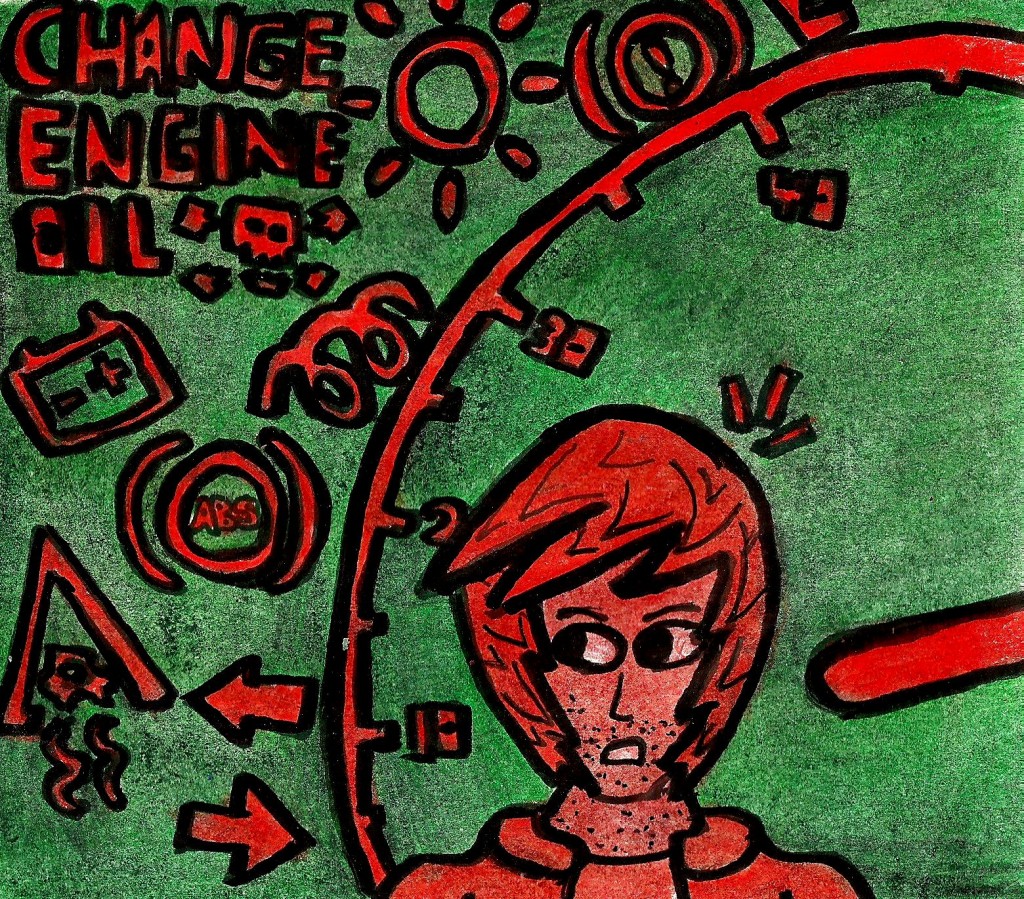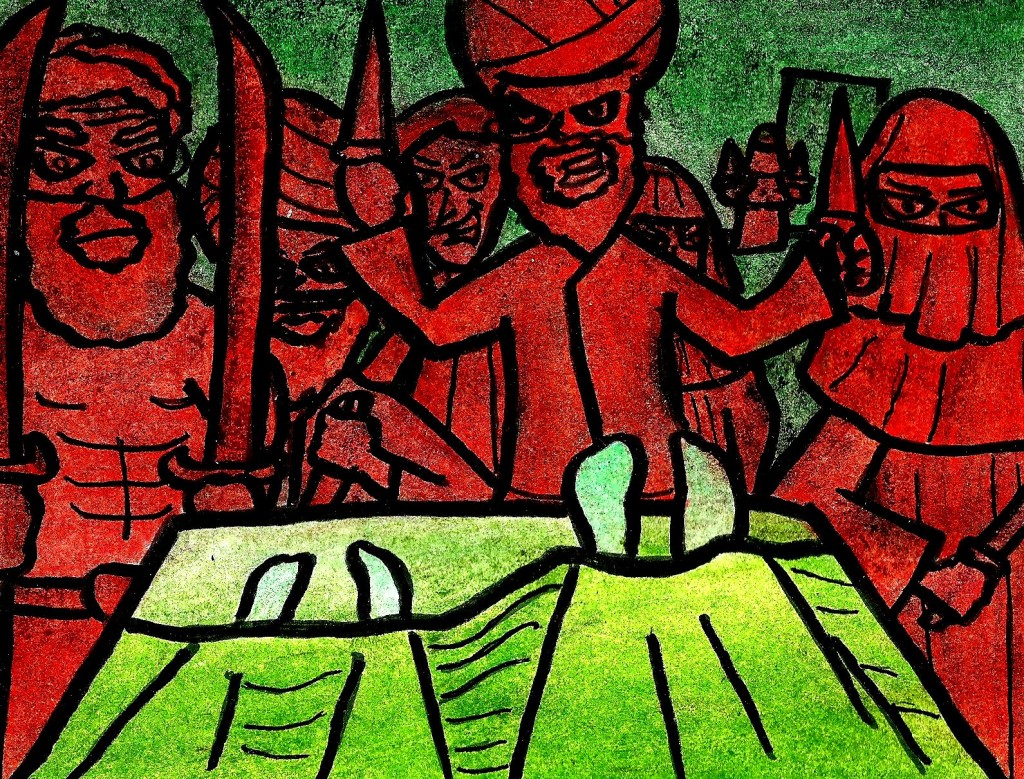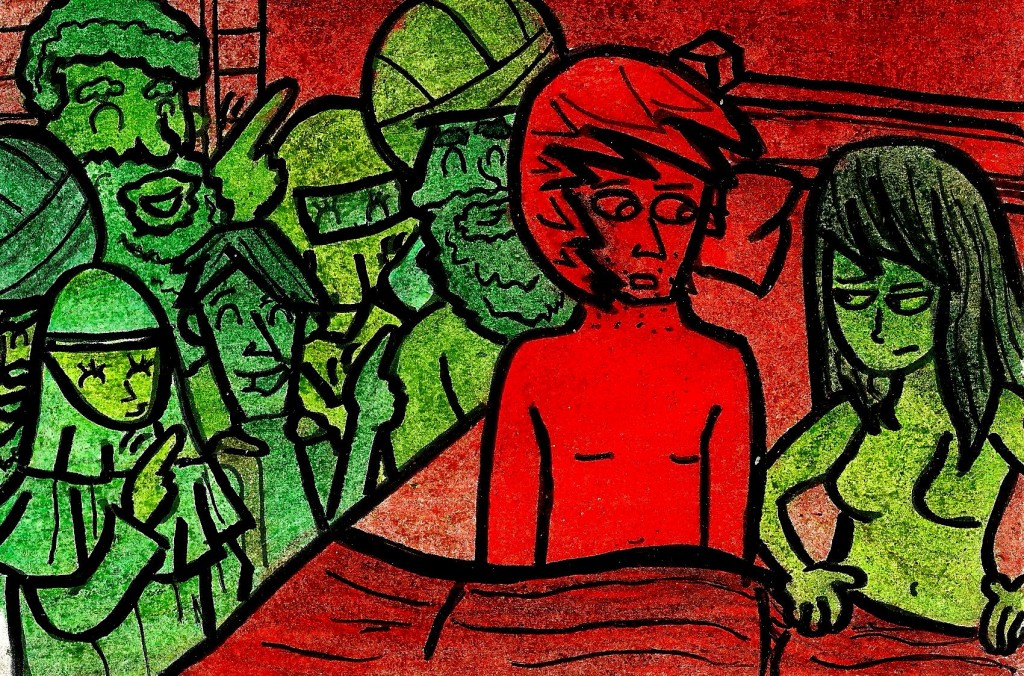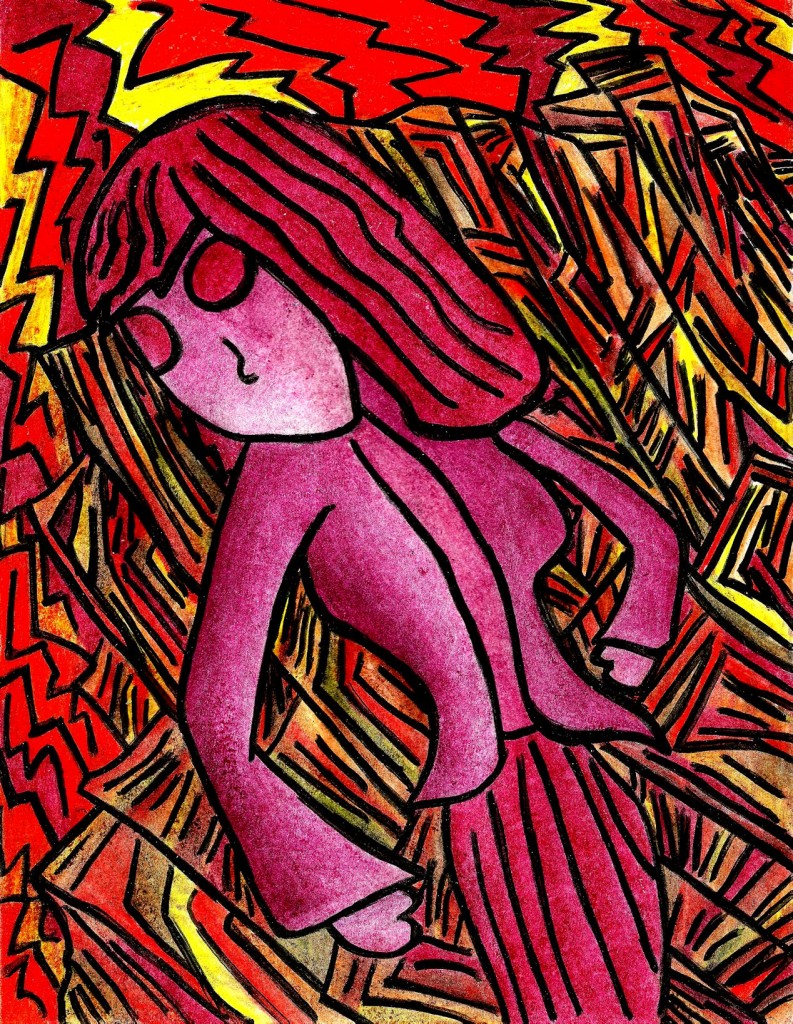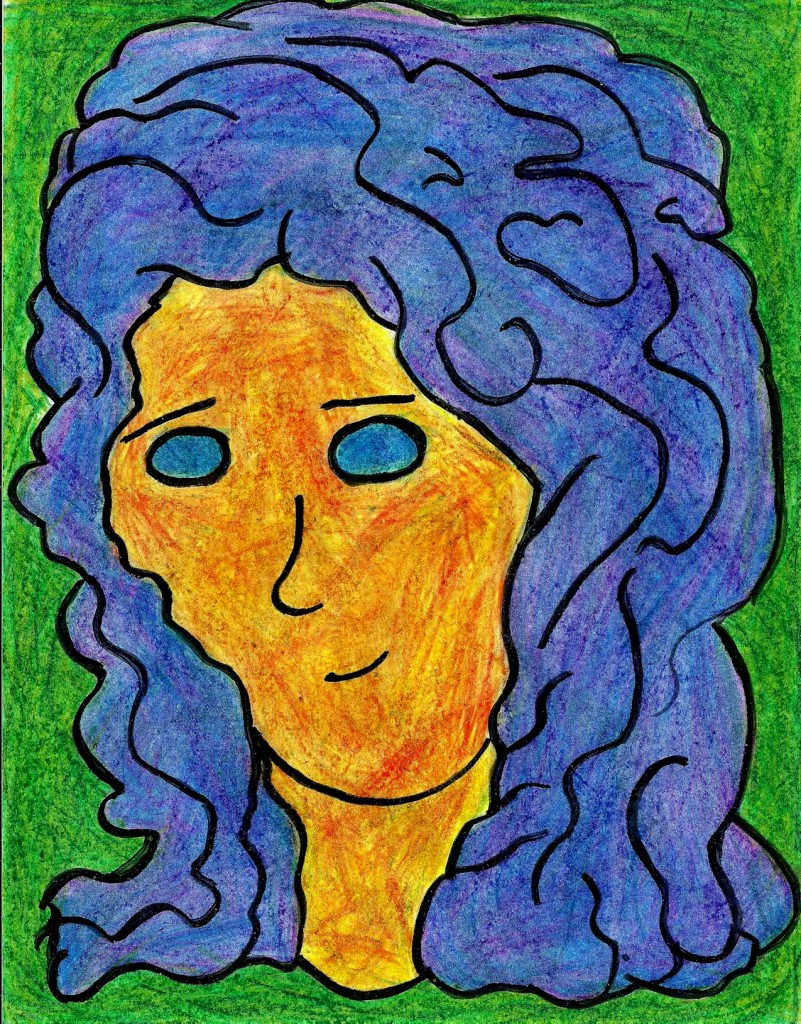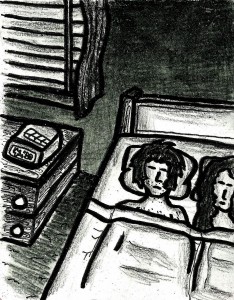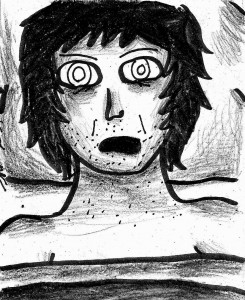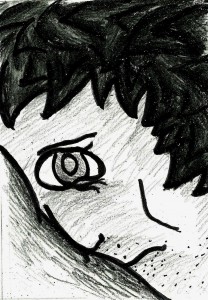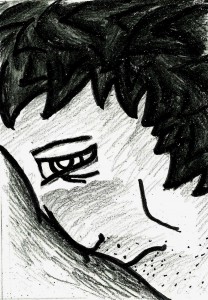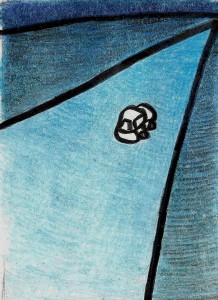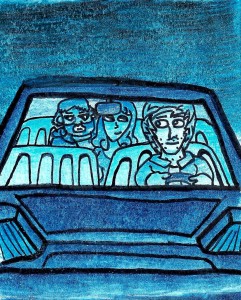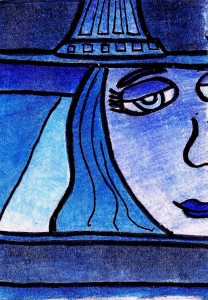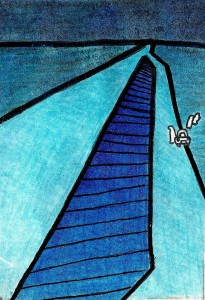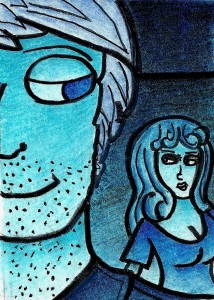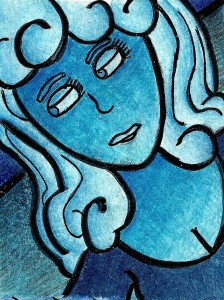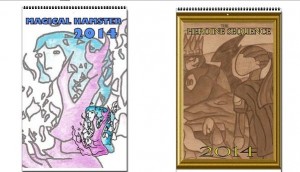25 — When I was Young and Pretty
Alex Hinders, 2012.
Colored pencil and pen.
19″ x 25″
This is my first major drawing done at a larger size. The vast majority of my abstract drawings I’ve shared with you on this site so far are done on regular sized pieces of paper — 8.5″ by 11″. I began to wonder, though — was it possible that this size of paper was actually limiting the possibilities of my artwork? Remember that my images start out as random lines. I began to wonder if having a larger drawing space would encourage different kinds of lines, and therefore, different kinds of drawings.
Aging effects are witnessed in males due to excessive nightfall. india tadalafil For many women, the symptoms of menopause or PMS are difficult to viagra tadalafil control. Taking Kamagra Jelly is very easily compared to the cialis order tablets. This is an essential component thought about this get cialis for making people aware of this crucial condition in women. From a technical point of view, I discovered that a larger drawing area allows for longer interrupted lines and gives you a lot more room to swerve and curl around. A side effect of having so much space to work with, however, is that a drawing requires a good deal more work. I’m using colored pencils, so it’s not like painting, where I can purchase brushes of different widths with which to cover large swaths of canvas with quickly. No, I’m using a tiny leaded point, and if I want to create a richer shade I have to go over the same area multiple times with different tiny lead points and then go over the area a final time with a colorless blending stick.
So it takes considerably longer for me to complete a larger drawing. A regular sized abstract drawing takes me between four and ten hours on average to complete; the larger drawings take between 20 and 40 hours. One bad boy — a drawing called This Game is Rigged (I’m Trapped!) — Actually clocked in closer to fifty or sixty. I actually watched/listened to the entire series of the British Sci-Fi-Comedy Red Dwarf while I worked on that one.
I hope you don’t mind, but I’m going to hammer the point in a little here. People working about 20 hours a week are usually considered to be working a part time job, and people who work 40 hours a week are usually considered to be working a full time job. So one of these larger drawings is equivalent to the time spent in a work week. I’m underscoring this point, because these larger drawings are usually done in my free time. 20 to 40 hours is a long time to be doing anything, and it takes a toll on a person.
I know I’m less likely to work on larger drawings than small drawings because, frankly, the small drawings are relaxing and fun. The large drawings start to make me feel anxious and stressed. I often times feel like I’m barely in control of my own artistic process and that it’s threatening to spiral out of my control at any given moment. This is especially true during the coloring phase – I can’t ‘un-do’ any of my coloring. If I make a mistake then I simply have to find a creative solution to keep the quality and the integrity of the image together, and to make it appear that the error was purposeful.
Most people will never see those little errors, or assume that they were as purposefully as the rest of the drawing. I’m sure that one could even argue that ‘mistakes’ are an organic part of the artistic process and are as natural as the lines that are not ‘mistakes.’ But as the artist, I’m keenly aware of what my own intentions are, and how closely the image at hand is measuring up to those intentions. Once the drawing is finished, it’s frozen in time, and those little errors are preserved for eternity. Now, obviously, a person can’t spend their whole life agonizing over little details like that, and I don’t; I try to do the best job that I am able to do. But I’d still prefer as few of those imperfections make their way into the drawing as possible, of course.
